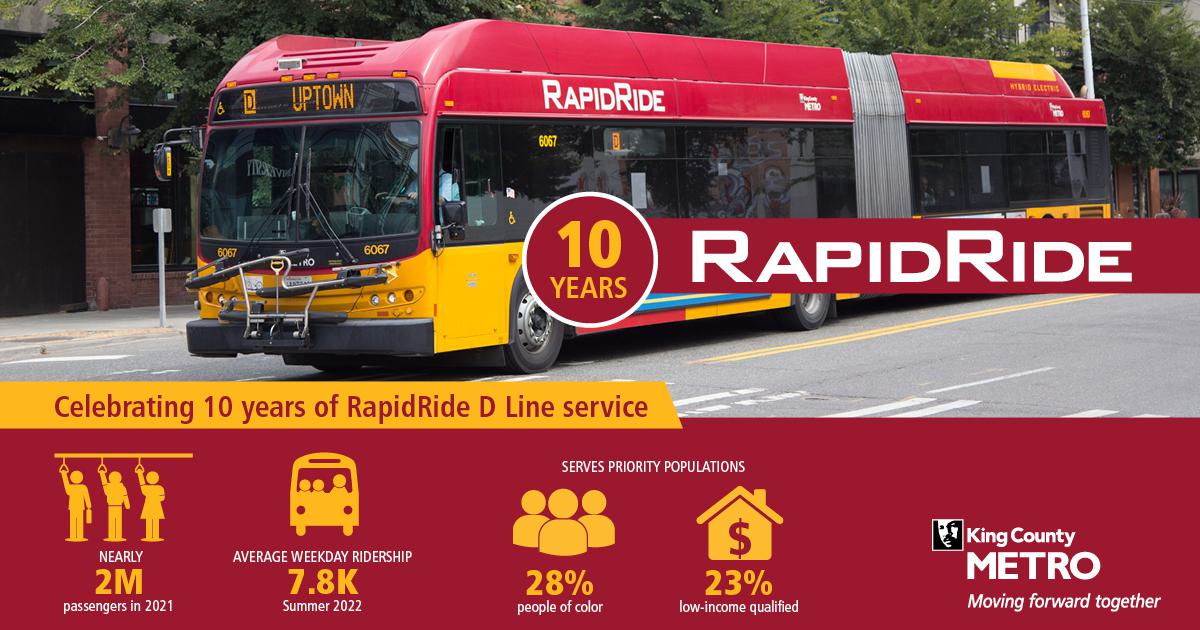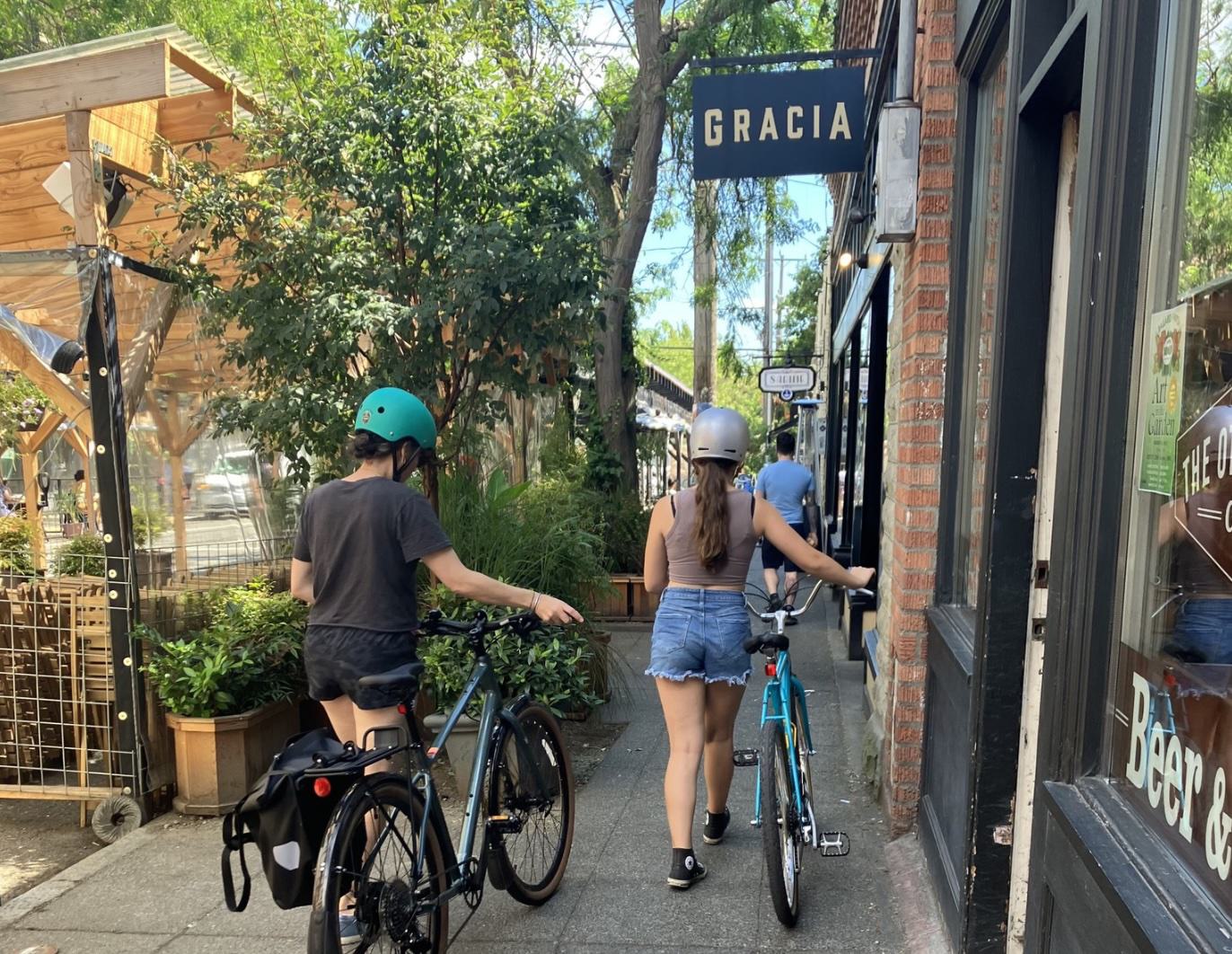Walking, Biking, & Public Transport in Ballard

Photo Credits: King County Metro Transit and Visit Ballard
Do You Need a Car to Live in Ballard?
You can comfortably live in Ballard without a car. The neighborhood has a dense, mixed-use core with grocery stores, cafés, restaurants, fitness studios, parks, and everyday errands all clustered within a compact area. Many residents handle most of their weekly routines entirely on foot.
Ballard also has some of Seattle’s strongest transit connections for a non-light-rail neighborhood. The RapidRide D Line provides frequent service to Queen Anne, Belltown, and downtown, while Routes 40 and 44 connect Ballard to Fremont, South Lake Union, Wallingford, and the U-District. Biking is also easy thanks to nearby access to the Burke-Gilman Trail and several low-traffic neighborhood routes.
A car can be useful for regional trips, crossing the city during peak traffic, or reaching destinations not well served by buses. But for day-to-day life in Ballard—especially around Market Street, Ballard Ave, and NW 56th Street—it’s entirely realistic to live car-free.
What are Public Transport Options?
- Ballard is served by several Metro routes that provide reliable connections without a car. Route 40 links Ballard through Fremont and South Lake Union into downtown Seattle. Route 44 runs between Ballard, Wallingford, and the University District / UW Station. Additional routes—including numbers such as 17, 18 and 29, plus peak-hour express services—extend transit access to neighborhoods like Queen Anne, Magnolia and other parts of north and central Seattle.
- The RapidRide D Line is Ballard’s highest-frequency service. It runs along 15th Ave NW with quick, reliable trips to Queen Anne, Interbay, Belltown, and downtown Seattle. With extended hours, frequent arrivals, and fewer stops, it’s the closest thing Ballard currently has to fast, rail-like service.
- While light-rail service doesn’t yet reach Ballard directly, the future extension to Ballard is under planning via Ballard Link Extension, which will add light-rail stations sometime in the 2030s.
How Walkable is Ballard, WA?
Walking in Ballard is easy and genuinely enjoyable, thanks to its compact street grid, plentiful sidewalks, and a steady mix of cafés, restaurants, boutiques, parks, and everyday errands clustered close together. Most of the neighborhood’s energy sits along Market Street, Ballard Avenue, and the surrounding side streets, which stay active throughout the day without feeling overwhelming.
Your home base at 1501 NW 56th Street is a true walker's paradise, with a walk score of 98 out of 100. You'll find groceries, coffee shops, transit stops, gyms, pharmacies, and dining options all within just a few minutes on foot.
What about Biking?
Ballard is an easy neighborhood to navigate by bike, with mostly gentle terrain and several well-used routes that connect directly to nearby parts of Seattle. The standout feature is the Burke-Gilman Trail, a major east–west path that links Ballard to Fremont, Wallingford, the University District, and the rest of the Ship Canal corridor. It’s one of the most popular bike routes in the city and makes everyday riding feel straightforward.
For shorter trips, Ballard has a network of calmer residential streets that work well for local biking, along with direct access to the waterfront paths near Shilshole Bay and the Ballard Locks. Reaching downtown typically involves crossing the Ballard Bridge, which isn’t the most modern bike facility but remains a common, workable route for many riders.
Overall, Ballard offers enough connected paths and low-stress streets that biking becomes a practical option for errands, commuting, or simply getting around without a car.
